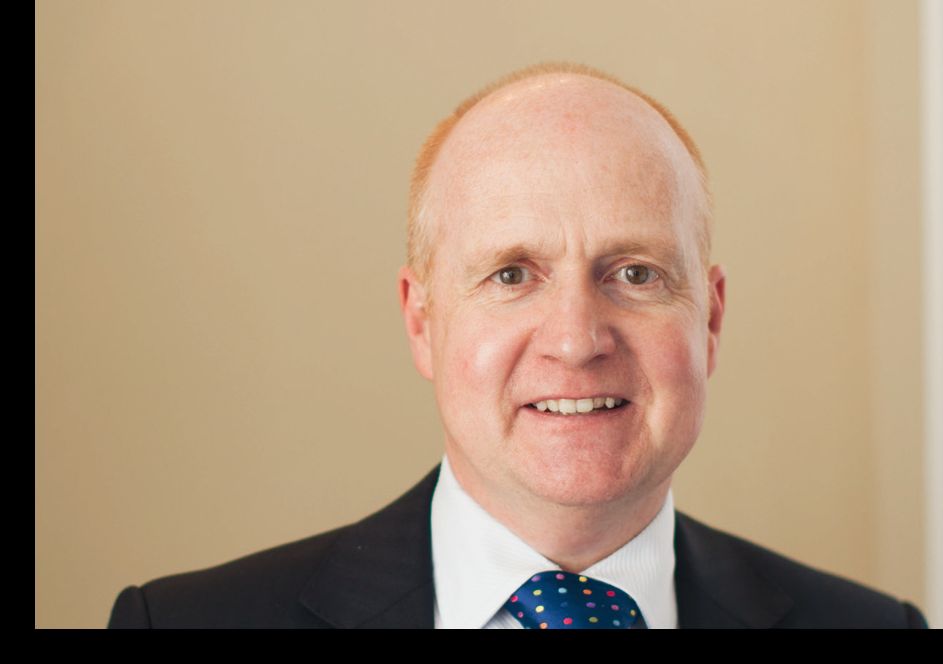
Physiology News Magazine
Message from the Chief Executive
News and Views
Message from the Chief Executive
News and Views
Philip Wright
https://doi.org/10.36866/pn.89.5

When I joined The Society just over two years ago, we faced several key challenges. First, there was real concern that, with the increasing profile of Open Access (OA), our journals would suffer and our income decline – especially when our existing publishing contract comes to an end on 31 December 2013.
Second, we had the impending office closures: Cambridge in mid-2013 and Peer House in London in early 2014.
Third, we had, and still have, the challenge of raising the profile and recognition of the importance of physiology. This is essential to ensure investment is sustained both in research and in the education and training of the next generation of physiologists.
The last 12 months has seen significant progress on all these fronts, especially driven by two task forces appointed by Council: one on publications (chaired by Jonathan Ashmore) and another on property (chaired by Mike Spyer).
We have signed a new publishing agreement with Wiley-Blackwell covering the period from 1 January 2014 to 31 December 2018. Over the last nine years, the relationship with Wiley-Blackwell has been a very positive one for The Society and the significant income we have received has allowed us to increase our support for our Members and deliver more in support of our charitable objectives: meetings, travel grants, and education and outreach activities.
The new agreement brings an improved financial package, greater flexibility for us in launching new journals, and other financial support from Wiley-Blackwell in the form of a generous donation for the outfitting of the auditorium at our new premises and as the principal sponsor for the IUPS Congress in 2013.
The publishing agreement also crystallises a more strategic working relationship that will ensure the editors-in-chief, the boards, the publications team and Wiley-Blackwell will work together to sustain and enhance The Journal of Physiology and develop a new strategy for Experimental Physiology. This sees the latter journal moving to online-only publication from January 2013. This work has also sought to ensure that we both differentiate our journals and remain compliant with UK and international trends in OA, such as the ‘12 month delayed green access’ or ability to use a ‘gold access’ route.
As I write this we are well on track with launching an OA journal – Physiological Reports – as a collaborative venture with the American Physiological Society. An agreement has been signed creating joint ownership and, following a very rigorous selection process, Susan Wray has been appointed as the Editor-in-Chief of the new journal. The intention is to launch early in the New Year (see page 8).
The purchase of Hodgkin Huxley House (HHH) was made after 12 to 18 months planning with the help of our agents, Third Sector Property (now “TSP”), who will provide facilities management services for HHH.
The decision to purchase the property was not taken lightly, but the financial arguments and opportunities from the creation of a home for physiology were clear. The ability to host all our own committee and editorial board meetings, the opportunity to host other focused scientific meetings and the revenue from leasing the top two floors and hiring out the meeting rooms will ensure we get good value for money from our investment.
At the same time, under the guidance of the Finance Committee and external expert advisers, we have sold four properties we directly owned outside London, the income from which we have reinvested into HHH. While these properties had provided a good return in the past, the recent downturn has meant that it was advisable to sell and focus on London and our other investments.
The fit-out of HHH was 83% complete in early November, on track for a move-in date in mid-December. The focus of the Property Task Force has been on ensuring we have flexible meetings rooms and office space, maximising the opportunity to rent out the top two floors to like-minded, science driven organisations, and ensuring value for money.
2013 will therefore be a year of continuity, development and completion: continuity and development in terms of our journals; and completion in terms of settling in to HHH and getting everything up and running. Not to forget, of course, the challenge of hosting the IUPS Congress and sustaining our meetings programme beyond that.
The third challenge I mentioned is raising the profile of physiology. There has been progress on this with increased activity in education (as highlighted in this issue of Physiology News), as well as outreach and policy, but much more needs to be done.
Many Members have illustrated the pressure that the discipline of physiology is under within university departments and institutions. With the Research Excellence Framework (REF) looming on the horizon, it is essential that physiology is recognised as the core discipline of the life sciences. The financial stability provided by our new publishing contract and the base that HHH will provide, creates a sound platform for us to work towards this goal.
